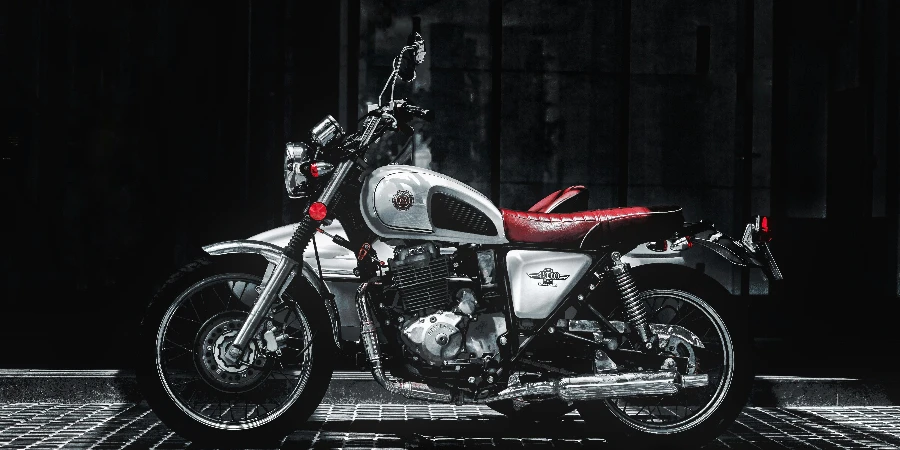Initiating motorcycle riding is quite exhilarating. Motorcycle riding is a rite of passage for many. Learning to ride a motorcycle should be enjoyable and life-long. What begins with your first motorcycle can have a tremendous influence on your riding skills and confidence for years to come. You want your first motorcycle to be the best possible motorbike for your needs. To find a good starter motorcycle, you should understand what makes a motorcycle good for beginners. This article will help you make informed choices to enjoy your first motorcycle ride.
Table of Contents:
– What to look for in a good starter motorcycle
– Engine performance and size
– Weight and handling
– Safety features
– Cost considerations
What to look for in a good starter motorcycle
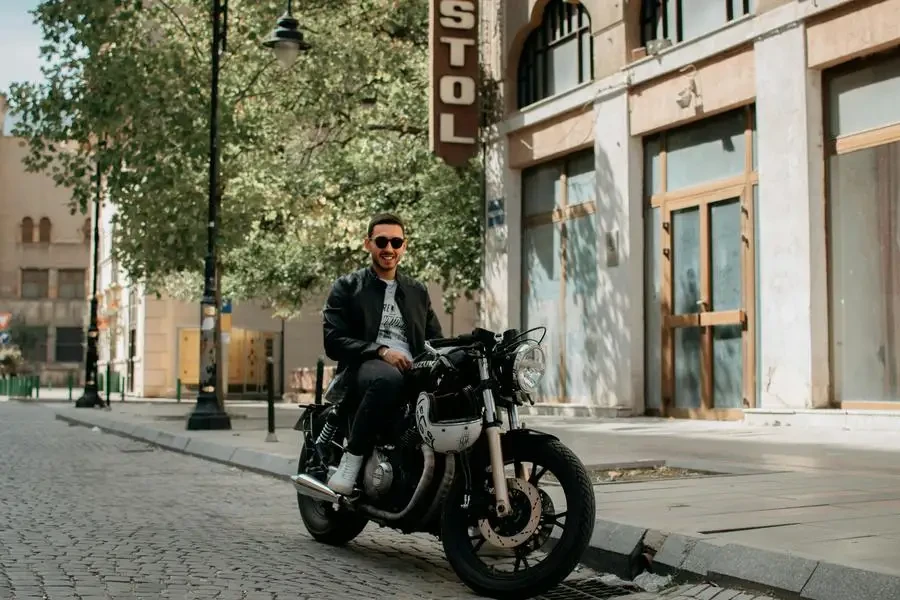
Making their entrance into the motorcycle world for the first time, ‘entry-level’ is one of the most perplexing, scary and intimidating terms you’ll ever hear. Put simply, a good ‘entry-level’ motorcycle has just enough power, just enough weight, and just enough ‘sitting’ feeling to it. It’s not necessarily about how the bike looks or how it’s marketed, because these things tend to influence your decisions towards the earlier years of riding. And that’s a good thing, it’s just not necessarily what you want in the beginning. What you’re looking for is a motorcycle to learn on, a bike to build confidence on. The perfect bike for a beginner allows you to stretch your legs and your skillset, to accelerate with traffic, and to explore the finer points of what it really means to ride a motorcycle. It’s a bike that you can make ‘bad’ decisions on, a bike that forgives you regardless of how many mistakes you make early on.
Equally important are the ergonomics of a motorcycle, which need to put the rider in a comfortable seating position that’s not too reclined, with foot controls that are easy to reach. For more adventurous riders who traverse long distances or commute in city traffic, ergonomics is essential. And having readily available aftermarket parts and accessories that allow new riders to modify their motorcycles helps with the learning process, as motorcycles can be outfitted or set up to match the encumbered skills of new riders as they progress.
Engine performance and size
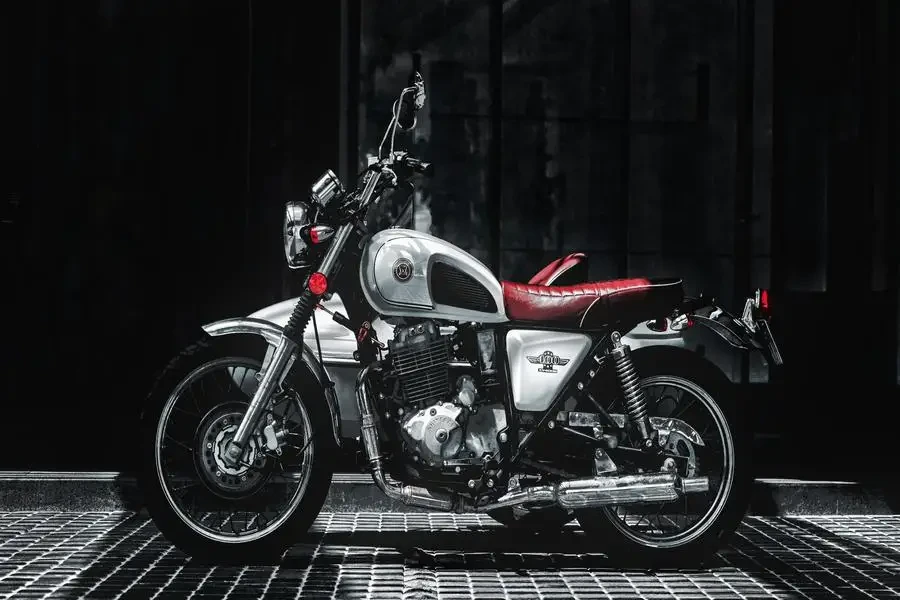
The most important part of any motorcycle is, of course, the engine. For a beginner, it is important to choose an engine that has an appropriate size and performance characteristics. A motorcycle with an engine displacement of between 250cc and 500cc is often suggested as an ideal starter bike. A 250cc engine is powerful enough to give you an exhilarating riding experience but not so powerful that it overwhelms a novice’s ability to safely handle the motorcycle.
And, so too, the engine type: a motorbike with a linear delivery of power – that is, without excessive surges and jolts – helps build riding skill in a progressive manner. This has more to do with the rider’s learning outcomes than with the sheer power output of the engine. A linear throttle response and a predictable power curve will both be advantageous for the learner, as they allow the student to practice throttle control, and develop the skills associated with handling the motorcycle.
Weight and handling
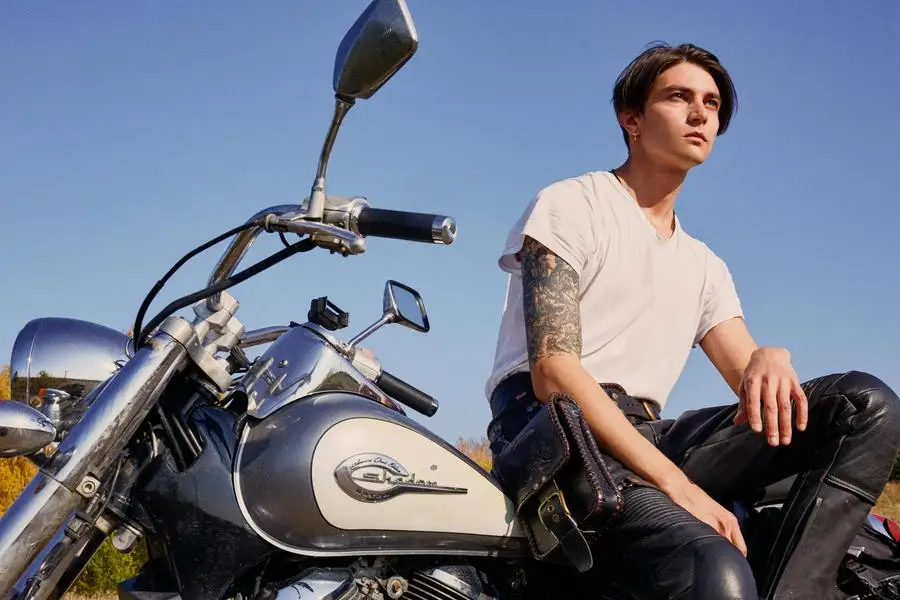
The real issue of how a motorcycle handles is greatly influenced by its weight. The best riding bikes for a beginner will be heavy enough to be stable at these higher speeds yet light enough to be manageable for a beginning rider. The ability to make a quick turn around a sharp corner and to zig zag in between cars is also an important characteristic of a good beginners or starter motorcycle. Having less weight to move makes the motorcycle more maneuverable and makes it less intimidating for a new rider. The lighter the bike is, the faster a new rider can gain confidence in balancing and steering on the low speed bike, and stop it quickly in a traffic jam or tight parking lot situation.
But handling characteristics, in turn, are a function of the bike’s geometry and suspension setup. A motorcycle that has a neutral position, and that has sufficiently responsive and forgiving suspension, gives the rider an excellent learning platform: it’ll inspire confidence while cornering, and remain well-balanced on straights, leading to an intuitive and non-abrasive experience.
Safety features
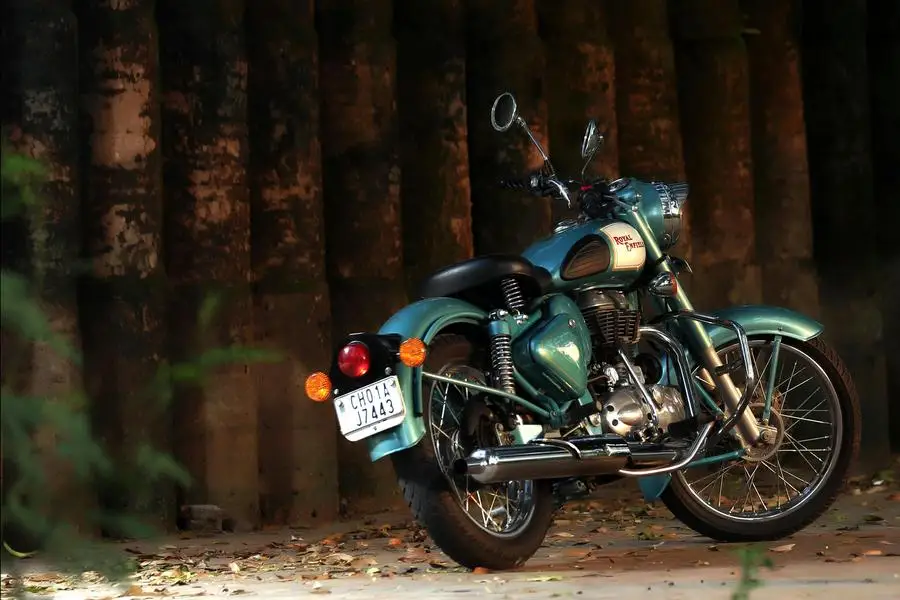
Safety should come first, of course, especially for riders who are new to motorcycles. Today’s bikes have safety features that can help to reduce danger. Features such as anti-lock braking systems (ABS) and traction control can be a big help to a new rider. ABS will help prevent the wheels from locking up on braking, while traction control maintains grip on acceleration.
Secondly, motorcycles that offer good visibility to other road users and to the riders will be safer choices, especially for riders who will be riding during the hours of daylight. Good lighting and reflective surfaces on the motorcycle itself can also help with this. For riders who are starting out, lower models are likely to be safer because they offer a good reach to the ground, which will make it easier for riders to place their feet at stops.
Cost considerations

The financial reality of purchasing a good entry-level motorcycle will also be a motivating factor. To properly evaluate a starter machine, a beginner rider shouldn’t stop at the sticker price of the bike – they should look at the total cost of ownership, including maintenance and insurance. The less money a new rider spends on running costs, the more that rider can have for quality riding gear and training, which are the important aspects of learning to ride safely and ride well.
It might also be a good idea to look at the resale value of the bike: as your skills improve, it’s very likely that you will eventually upgrade to something more advanced, and a motorcycle that holds its value well can make the move to a faster bike a more affordable one.
Conclusion
Your starter motorcycle needs to be the right one. If it’s not – or if you overlook the needs of a new rider in your selection – it can make the ride a much tougher experience than it needs to be, potentially jeopardising your safety. Choosing the correct motorcycle, one that is not too powerful, one that is reasonably light in weight, while still being relatively easy to handle with superb safety features, is the perfect trade-off. Think of engine performance, weight, handling, safety features and cost in relation to each other. When you get the balance right between the above considerations, you’re into the groove and you have no reason to be daunted by the thought of learning how to safely and enjoyably ride a motorcycle. You’ll undoubtedly be able to choose the right model for you, and the right style, to not only catapult your learning curve into a much more fun zone, but also to help you stay safer on the road. As is the case in most things, the right motorcycle is out there for you as a new rider. I repeat: the right motorcycle is out there for you as a new rider. All you need to do is know what you’re looking for.
